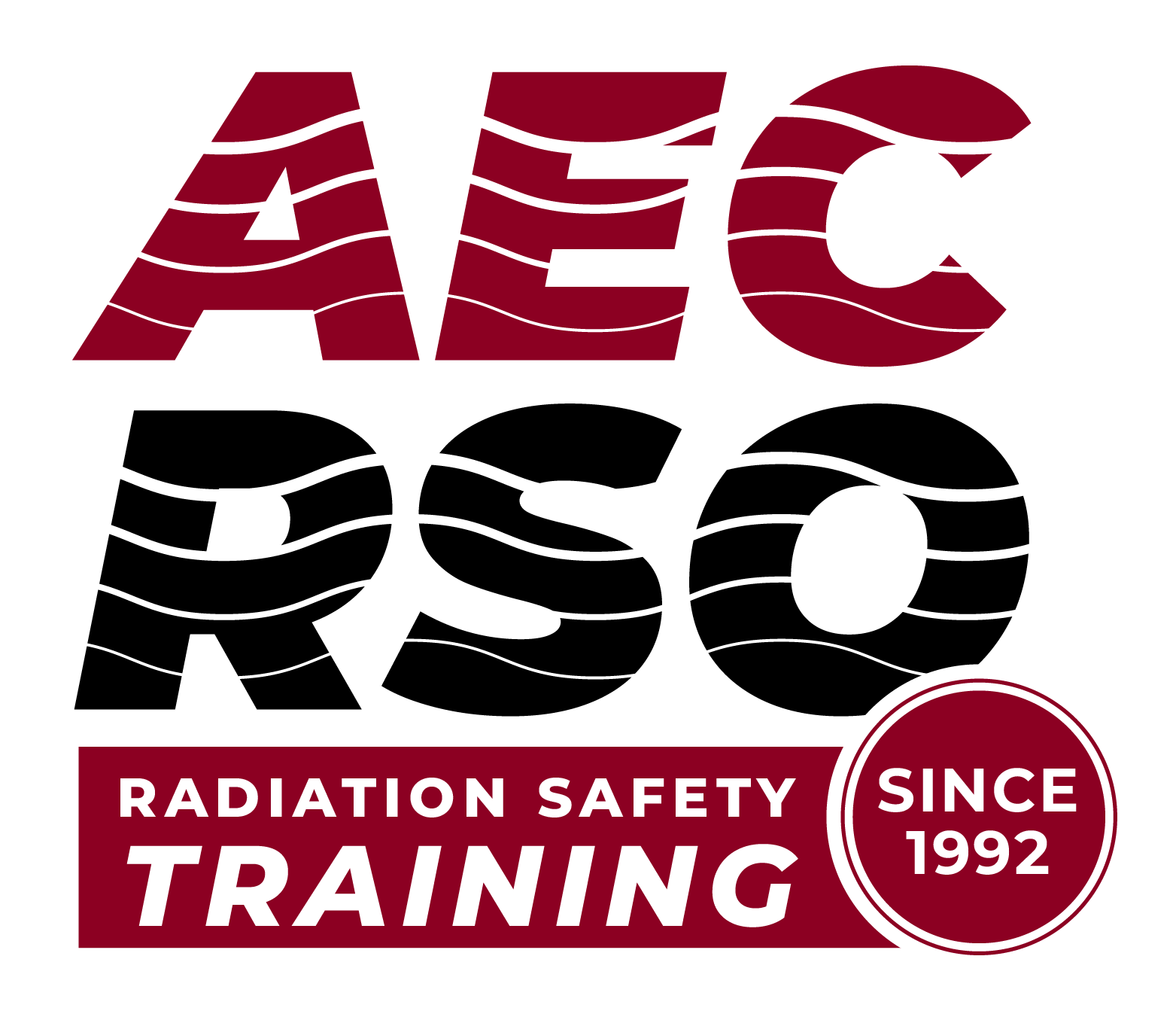TOPIC 5: Contamination Control
Let’s explore Contamination Control.
—
Let’s look at the Radiation Protection Manual and Contamination Control.
For sites with loose radioactive materials (non-sealed sources) contamination control is of major importance. Let’s review these points.
—
There are three types of contamination – fixed, removable and airborne. Each has its own characteristics and methods for containment. Any or all of these types of contamination could be present when working with radioactive materials. It is the facility’s responsibility to ensure that contamination is handled properly and that surveys are performed to identify the presence or prove the absence of radionuclides.
Let’s discuss the difference in the control methods for handling these types of contamination.
—
When there is a spill or a release of radioactive materials, fixed contamination is generally radionuclides that have been absorbed into the material or plated onto the material. Common fixed contamination occurs from a spill over porous materials where the contaminant is absorbed deep into the material or in between the tiles. Removal of the contaminant becomes difficult.
Methods of handling are to seal or shield it to allow it to decay away; or remove and dispose of the contamination. The half-life of the material is important in this decision making process.
—
Removable contamination is any radioactive materials that can be easily removed through wiping the material with a cloth. Unfortunately the radioactive material can be removed from surfaces and become attached to shoes and hands and taken home where family members can now become contaminated.
Any time that radioactive material is being handled, there is the possibility for contamination. Sometimes, contamination is unavoidable. For instance, a canister of radioactive iodine, when opened, will have a quantity of that material volatilizes and goes airborne. Wherever that canister is opened will have contamination present. Therefore, it is advisable to open the canister within a hood or glove box. In that way, the contamination is at least contained.
Other sources of contamination may not be as obvious. Take again the example of the iodine. A lab technician opens the container in a glove box and believes everything to be contained. However, unknown to the technician, the glove had a pinhole. Now the technician has contamination on their hand. They enter information into a logbook – contaminating the pen and log book. The next technician comes along and grabs the pen – and becomes contaminated. The first technician comes back looking for the pen. He can’t find it so he searches his pockets – cloths are contaminated. Confused they scratch their head – contaminating their head. And on and on and on. After working with potential contamination, such as putting hands in a glove box, it is always a good practice to quickly survey your hands to ensure there is no contamination. The few seconds it takes to survey far outweighs the amount of time it takes to decontaminate.
—
Removable contamination is any radioactive materials that can be easily removed through wiping the material with a cloth or swipe. We can quantify removeable contamination.
When taking a swipe, do the following:
- Wear protective clothing/gloves
- Have a portable survey meter available
- Record the counts per minute displayed on the survey meter. This is your background.
- Use 2” diameter swipe and swipe a minimum of 4”X 4” area
- Measure the number of counts with the survey meter.
- Record the information on a survey form
- The difference between the background and the counts measured after the swipe is the contamination
—
Airborne contamination is commonly found in dust and other airborne particles such as smoke, that doesn’t settle out quickly. All radionuclides, even those considered as heavy metals, such as uranium and thorium, can become attached to dust and enter the body through inhalation or ingestion. Most airborne radioactivity, that is a particulate, can be controlled through ventilation filters and respiratory protection that have HEPA filters.
Those radionuclides that are vapors, that volatize when opened, are not particulates and need to have charcoal filters on the protective masks to absorb the vapors. The main concern is that the charcoal filter gets saturated and is no longer effective. In this case the radioactive vapor could “break through” the charcoal filter barrier. Checking and replacing air filters would be done periodically.
—
Since the threat of contamination is a part of the normal operations of a facility working with radioactive materials, methods are installed which help detect contamination. Periodic surveys are the quickest way to identify contamination . After handling radioactive materials, it is always prudent to survey the area and your hands. Prior to leaving a radioactive area, some facilities have hand and foot monitors to ensure radioactive contamination does not leave the work area.
—
Laboratory operations involving more than low-level activity shall be conducted within glove boxes or fume hoods. They are verified through the Operating Manual as prescribed by the manufacturer and approved by the regulatory agency. Surveys and inspections by the RSO should be carried out according to license requirements to ensure proper operation.
—
As a routine contamination control method, step-off pads are used at points of ingress and egress from a radioactive area. The bottoms of shoes are the most common method of spreading contamination. Stepping on the tacky material, of a step-off pad, helps capture the contamination before entering a non-radiation area. Even low levels of contamination, which would not show up on handheld survey meters, builds up from repeated trips over the step-off pads. Step off pads often do register on a survey meter after repeated use even when the bottom of shoes come up “clean.”
